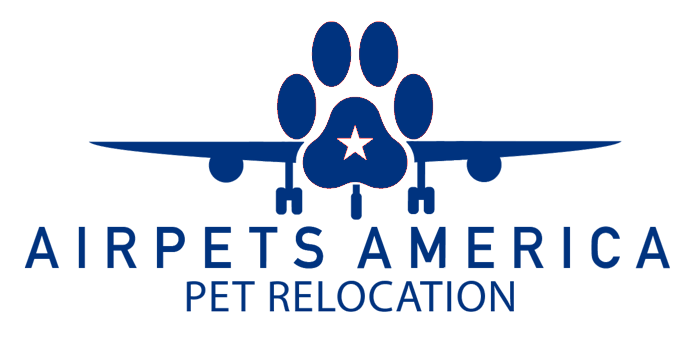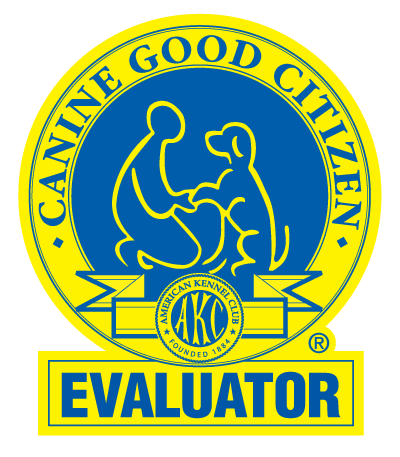Flying with a service animal differs significantly from flying with a pet, despite some shared rules and regulations. To grasp the distinction, let’s first clarify what a service animal is.
What Is a Service Animal?
Service animals are typically dogs or occasionally miniature horses that provide essential assistance to their handlers. These animals undergo extensive training to perform a range of tasks that directly benefit their human partners. They are distinct from Emotional Support Animals, which primarily offer comfort and are not trained for specific tasks. Service animals are individually trained to assist individuals with disabilities and can perform tasks such as:
- Pulling a wheelchair
- Guiding the visually impaired
- Alerting and protecting during seizures
- Signaling the need for medication
- Preventing impulsive or destructive behavior, and more.
These animals undergo rigorous training and evaluation to ensure their reliability as working animals, rather than being considered as pets.
Preparing to Fly with a Service Animal
Research and Planning
When flying with a service animal, you must adhere to many of the same rules and regulations as those traveling with pets. This includes providing vaccination records, health certificates, and potentially adhering to quarantine requirements, depending on your destination. Conduct thorough research beforehand to ensure a smooth journey with your service animal.
Contacting the Airline
It is crucial to inform the airline well in advance of your travel if you plan to bring a service or assistance animal. Even if you’ve booked your flight online, experts recommend reaching out to the airline immediately after booking. This proactive approach ensures that the airline is prepared and can provide specific information about their procedures. Booking the most direct flight is advisable, but if there’s a stop, ensure the airport has a pet relief area in case of delays.
Onboard with Your Service Animal
Service animals are typically allowed to travel inside the cabin for free while assisting their handlers on most airlines. They can sit on their handler’s lap or at their feet but must not obstruct the aisle. Safety regulations prohibit service animals and handlers from sitting in exit rows. Any necessary equipment, such as crates or food, can be flown in the cargo hold as medical equipment without additional charges.
Navigating Security and Check-In
Security personnel and airline staff may inquire about your service animal’s status. While they cannot ask about your disability, they can inquire about the specific tasks your dog is trained for. Verbal assurance, written documentation, ID cards, vests, harnesses, or other identifying gear can serve as proof of your dog’s role. However, having official documents, such as the TSA’s disability notification card, can streamline the process discreetly.
Security Screening
The security screening process with a service dog may take longer, so arrive at the airport with ample time. Inform security personnel that your animal is a service animal, not a pet, to ensure a smoother experience. During screening, there should be no request to separate the handler from the animal, but the dog may need to be on a leash, depending on their gear.
At the Gate
After clearing security, proceed directly to the gate’s check-in counter. Inform flight attendants that you are flying with an assistance dog. They will guide you through the airline’s procedures, onto the plane, and to your seat when the time comes.
Seek Assistance
If you require further assistance or information about flying with a service animal, don’t hesitate to contact our team of pet relocation experts at Airpets International. We are here to help you navigate the process seamlessly.
Contact us
Learn more: www.pawhootz.com
Email us: play@pawhootz.com or call us at 817-498-6410, too!
Make an appointment with us: https://pawhootz.com/make-an-appointment/



